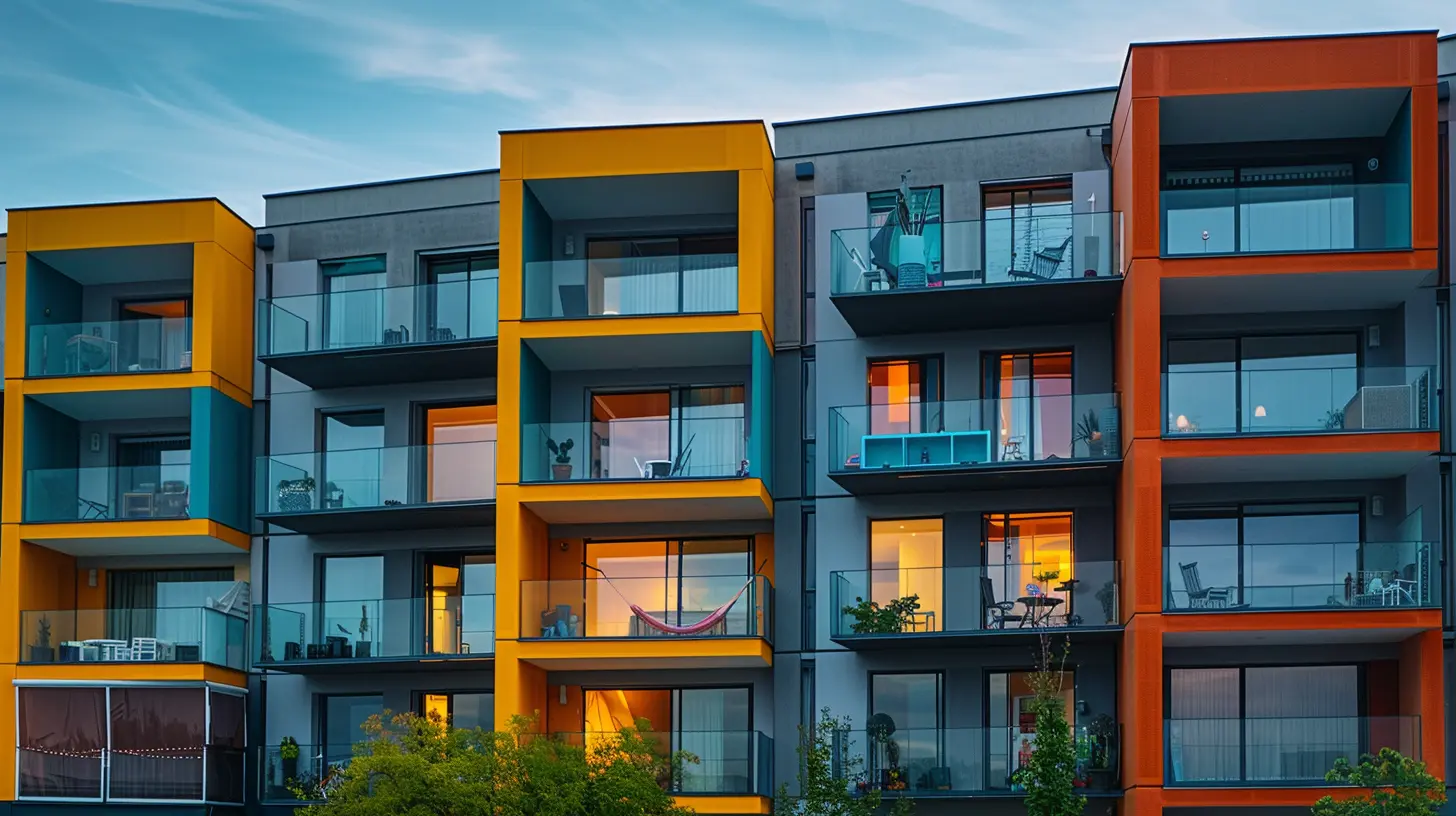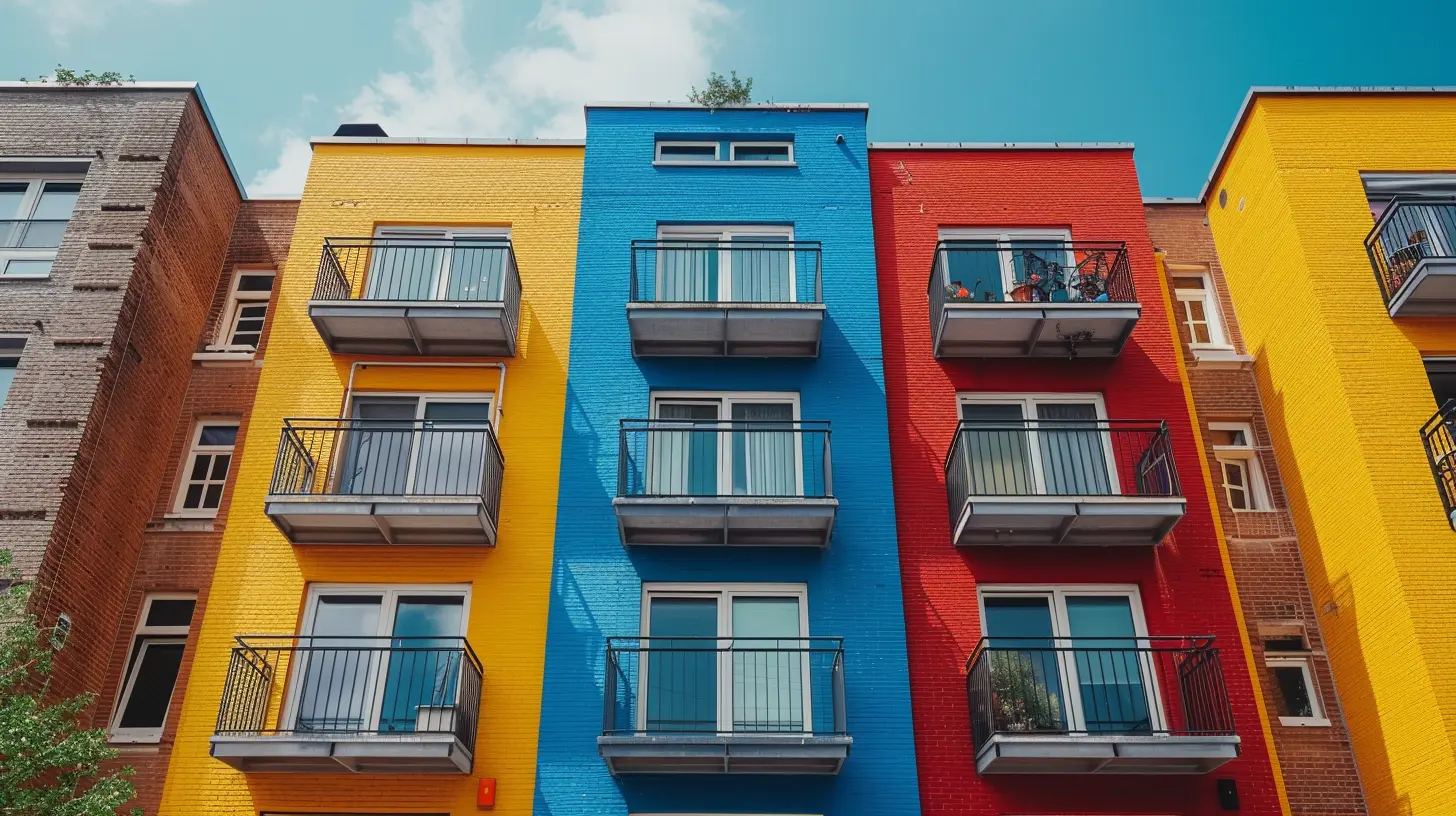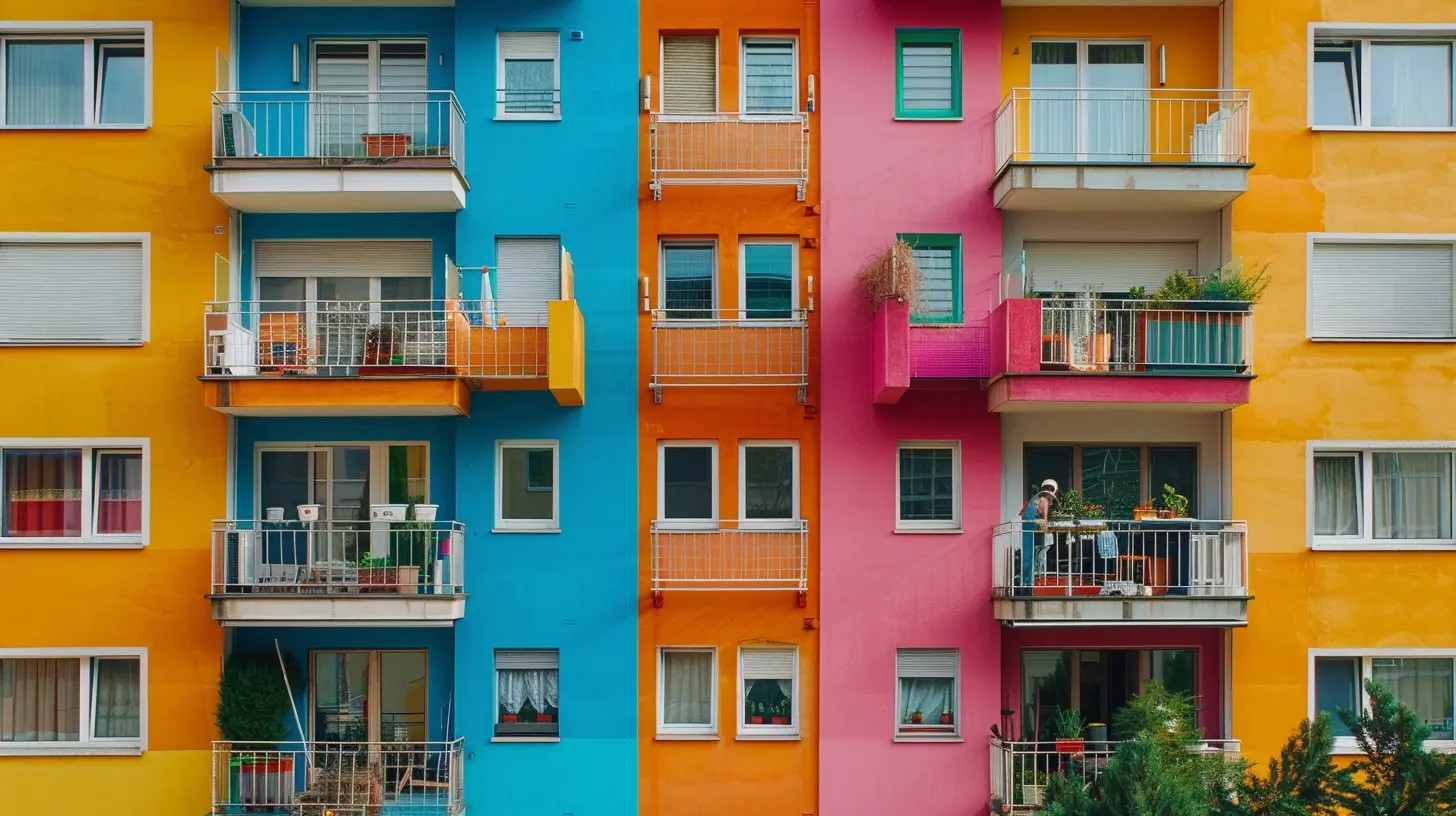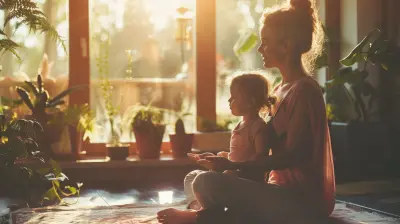Keeping Your Baby Safe on Multi-Story Homes
17 July 2025
Welcoming a baby into your home is a joyous experience, but if you live in a multi-story home, safety becomes an even bigger priority. While stairs and balconies add charm and space to your house, they also introduce potential hazards for your little explorer. Babies are naturally curious, and once they start crawling or walking, their adventurous spirits can lead them straight into danger.
So, how do you create a safe environment while allowing your child to move around freely? Let's dive into practical, easy-to-implement safety measures that will give you peace of mind. 
1. Babyproofing the Stairs
Stairs are one of the biggest dangers in a multi-story home. A single misstep can lead to serious injuries, so it’s crucial to take precautions before your baby becomes mobile.Install Baby Gates
The first line of defense is installing sturdy baby gates at both the top and bottom of your stairs. Not all baby gates are created equal, so choose ones that are:- Hardware-mounted (especially for the top of the stairs) for extra security.
- Tall enough to prevent climbing.
- Easy for adults to open but impossible for little hands to figure out.
Avoid pressure-mounted gates at the top of the stairs—they can loosen over time and become a hazard themselves.
Teach Safe Stair Use Early
At some point, your child will start trying to climb the stairs. Instead of blocking access completely, teach them how to navigate stairs safely. Encourage crawling up on all fours and sliding down on their belly feet-first—it might seem silly, but it can prevent tumbles later!Non-Slip Stair Treads
Slippery stairs can be dangerous, not just for babies but for adults too. Install non-slip stair treads or carpet runners to add grip and prevent falls.
2. Securing Windows and Balconies
Windows and balconies offer breathtaking views but can also be serious fall hazards. Babies have a way of finding their way to places they shouldn’t, so always stay one step ahead.Install Window Locks and Guards
Never underestimate a baby's ability to climb—so ensure windows are secure with:- Window locks to prevent them from opening too wide.
- Window guards to create a physical barrier if they do open.
- Cordless blinds to eliminate strangulation risks from dangling cords.
Make Balconies Off-Limits
If your home includes balconies, keep doors locked at all times. If your child is allowed on the balcony with supervision, make sure:- The railing is high enough (at least 42 inches).
- There are no gaps larger than 4 inches where a child could squeeze through.
- There’s no furniture near the railing that could be climbed on.

3. Safe Sleep Setup in a Multi-Story Home
Sleep safety is always a priority, but in a multi-story home, it comes with extra challenges. What if the nursery is upstairs while you're downstairs? How do you ensure your baby is safe throughout the night?Choose the Right Sleeping Spot
For the first few months, keeping your baby close to you (like in a bassinet in your room) may be easier, especially for those midnight feedings. However, once they transition to their own room:- Use a baby monitor with video and motion alerts so you can check in without going upstairs constantly.
- Keep the crib away from windows, cords, or anything they can grab onto.
Nighttime Safety Measures
Navigating stairs at night while carrying a baby can be tricky. Reduce risks by:- Installing motion-sensor night lights along hallways and staircases.
- Making sure stairs are clear of clutter to avoid nighttime trips and falls.

4. Preventing Falls and Other Accidents
Kids find ways to climb, reach, and grab things we never think about until it’s too late. Preventing falls and bumps takes some extra effort but is absolutely worth it.Anchor Heavy Furniture
Dressers, bookshelves, and TVs can easily tip over if a child tries to climb them—so secure anything heavy to the wall with anti-tip straps.Avoid Using Walkers on Upper Floors
Baby walkers may seem fun, but they’re actually one of the leading causes of falls. A walker combined with stairs is a disaster waiting to happen—stick to stationary activity centers instead.Secure Rugs and Cords
Loose rugs can cause little feet to slip and fall. Use non-slip pads or tape to keep them in place. Cords from lamps, chargers, or blinds should be tucked away to avoid tripping hazards.5. Fire and Emergency Safety
In a multi-story home, fire safety and emergency preparedness are critical. You want to make sure that if an emergency happens, everyone can get out safely.Install Smoke and Carbon Monoxide Detectors
Every floor of the home should have smoke detectors and carbon monoxide detectors, especially near sleeping areas. Test them monthly and replace batteries twice a year.Have an Evacuation Plan
In case of a fire or emergency, have a clear escape plan—and practice it. Consider:- Fire escape ladders for upper-story bedrooms.
- Teaching older kids the stop, drop, and roll method.
- Having emergency contacts posted in a visible area.
Keep Emergency Supplies Handy
Have a first-aid kit, a fire extinguisher, and emergency exit tools (like glass breakers) in accessible locations. In an emergency, every second counts.6. Baby-Proofing for Everyday Safety
Besides the major risks, don’t forget the everyday safety hazards that come with multi-story living.- Bathroom Safety: Always keep toilet lids closed or use safety locks. Bathrooms can be surprisingly dangerous for little ones.
- Babyproof Doors: Install doorknob covers or latches to prevent toddlers from entering dangerous areas like staircases or balconies unsupervised.
- Soft Corner Protectors: If your home has sharp-edged furniture, add corner protectors to prevent bumps and bruises.
- Supervision Matters: No baby-proofing method can replace active supervision. Always keep an eye on your little one, especially near potential hazards.
Conclusion: Safety First, Peace of Mind Always
Keeping your baby safe in a multi-story home isn’t about making your house feel like a fortress—it’s about creating a secure space where they can explore without unnecessary risks. Taking a few thoughtful steps now can prevent accidents and give you peace of mind as your child grows and becomes more adventurous.At the end of the day, it’s all about balance. You want to provide freedom while ensuring safety—so put the right precautions in place, stay vigilant, and enjoy every moment of parenthood without constant worry.
all images in this post were generated using AI tools
Category:
ChildproofingAuthor:

Max Shaffer
Discussion
rate this article
2 comments
Dominic McKinstry
Great tips! It's so important to create a safe space for our little explorers!
November 13, 2025 at 4:32 PM

Max Shaffer
Thank you! Creating a safe space is essential for their exploration and development.
Etta Ramos
In towers high, where dreams take flight, Safety cradles our heart's delight. With gentle steps and watchful eyes, We guard their laughter, as it flies. In every corner, love's embrace— A multi-story haven, their sacred space.
August 2, 2025 at 3:59 PM

Max Shaffer
Thank you for your beautiful words! Safety and love truly create a nurturing environment for our little ones.


